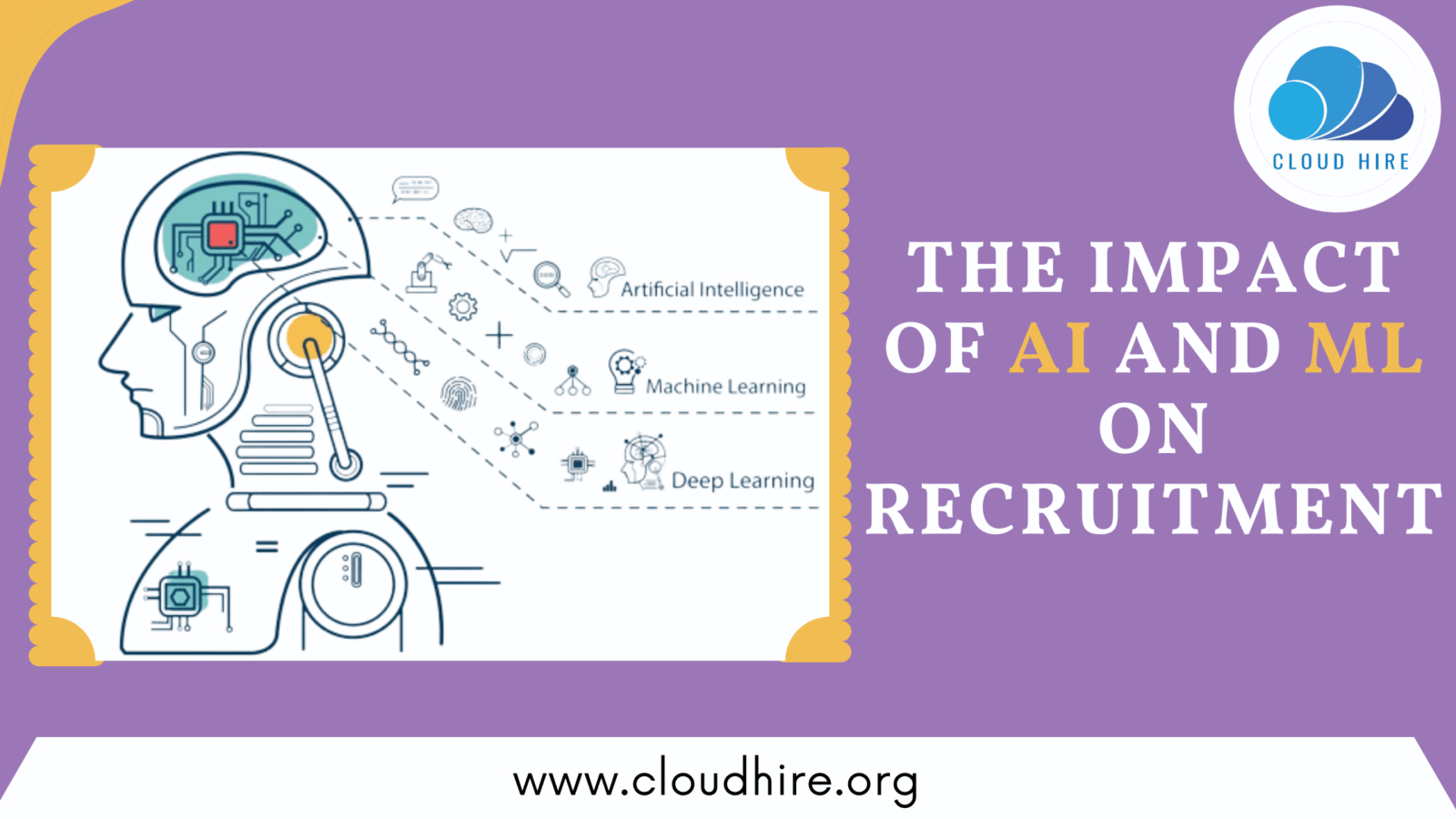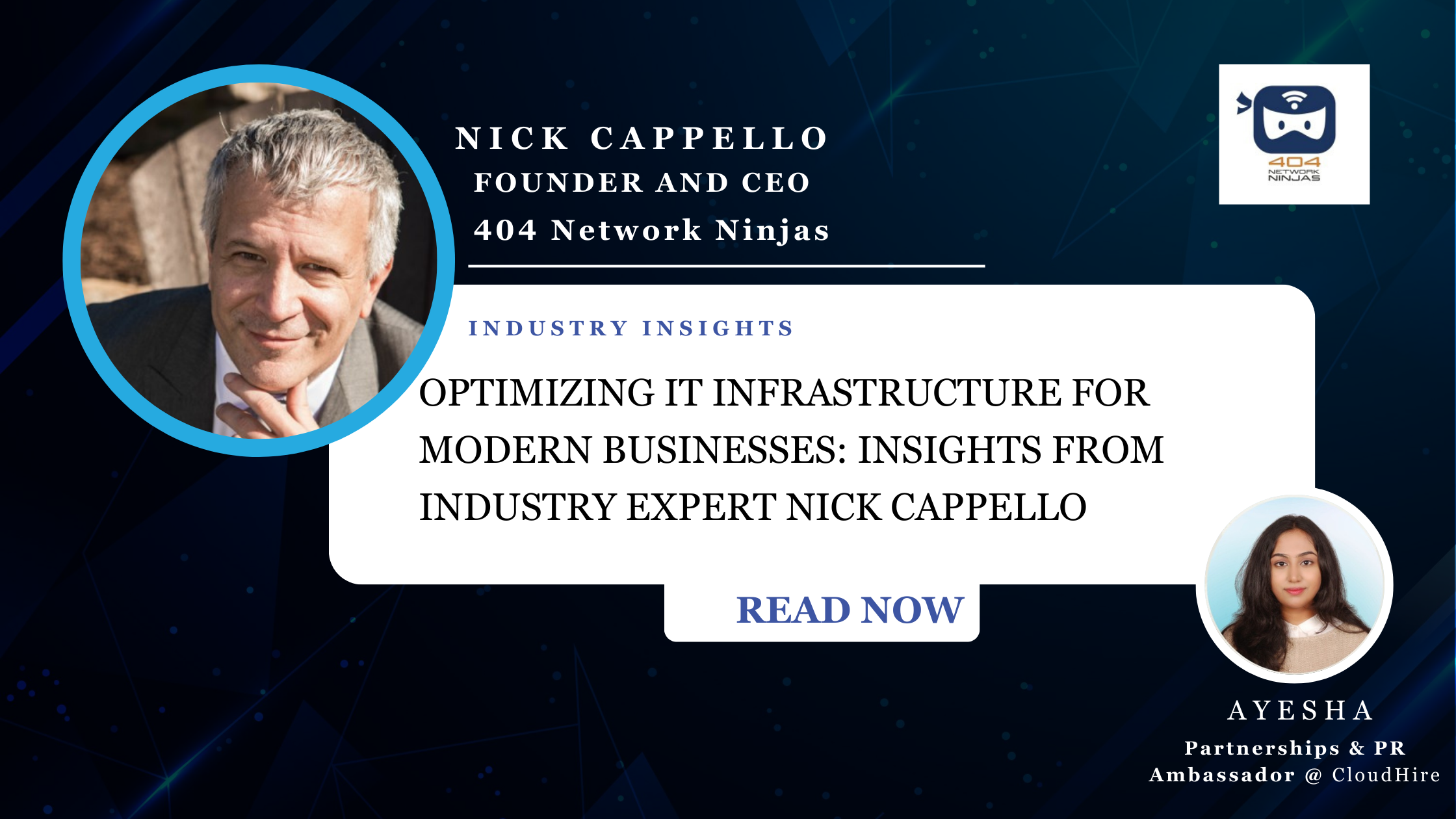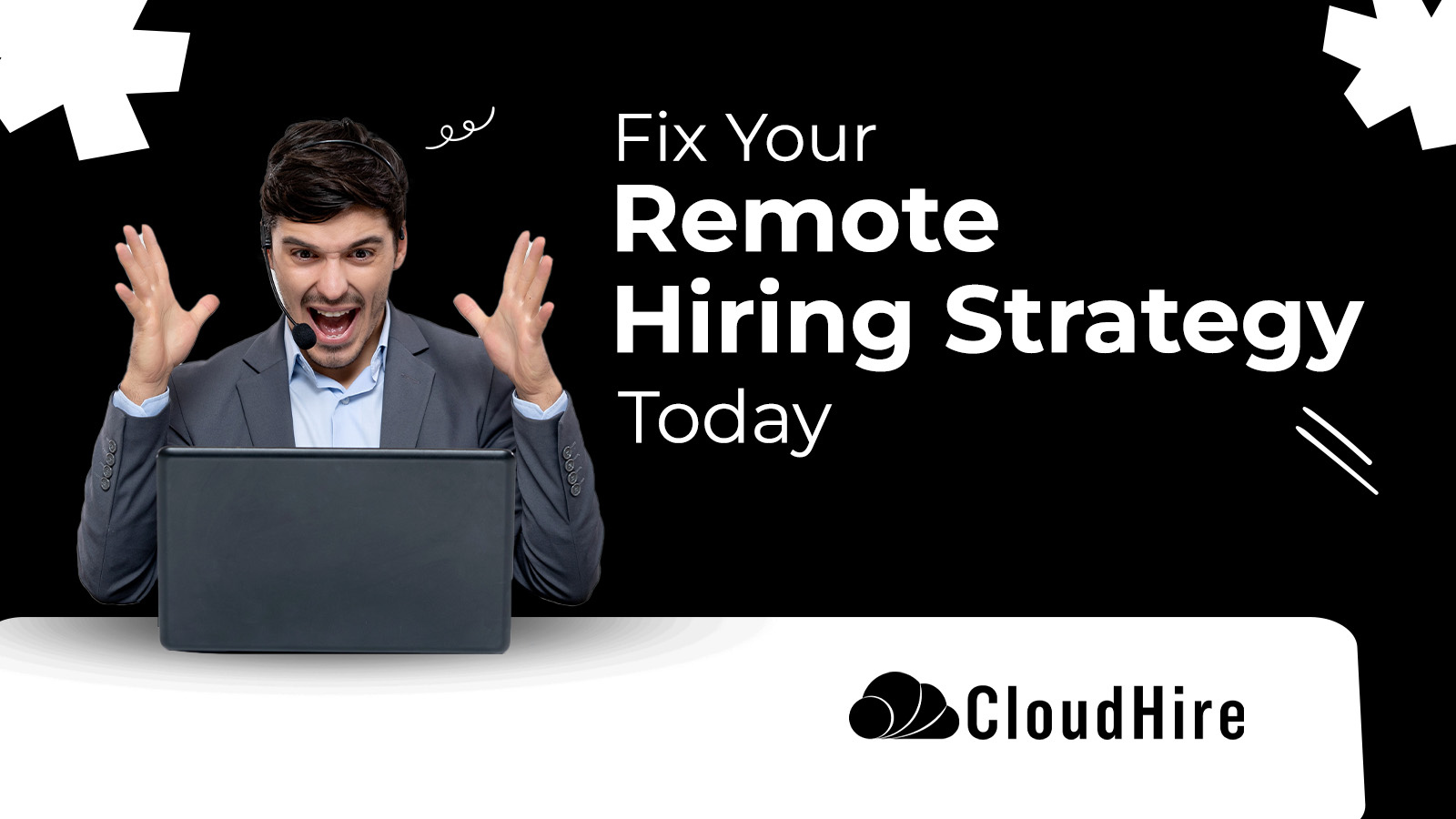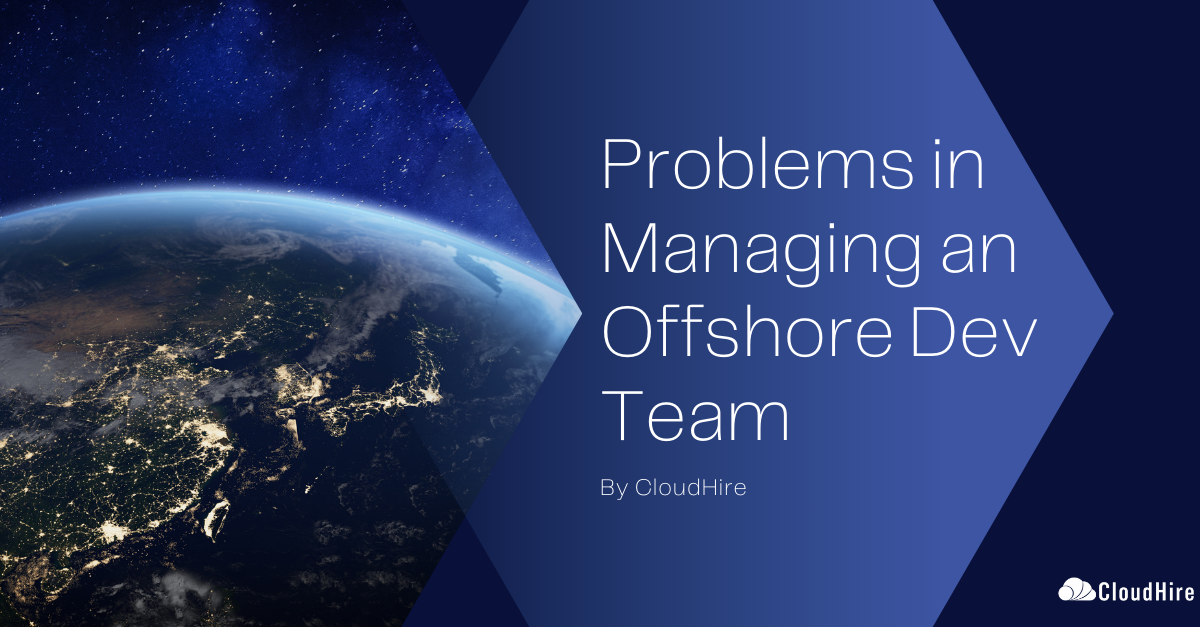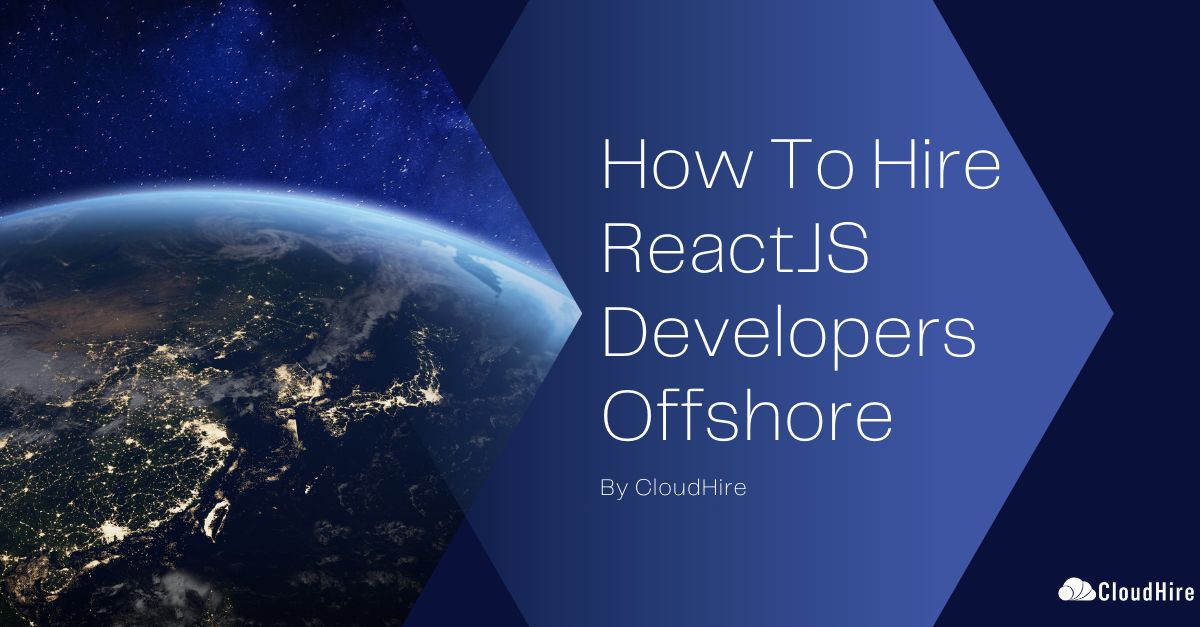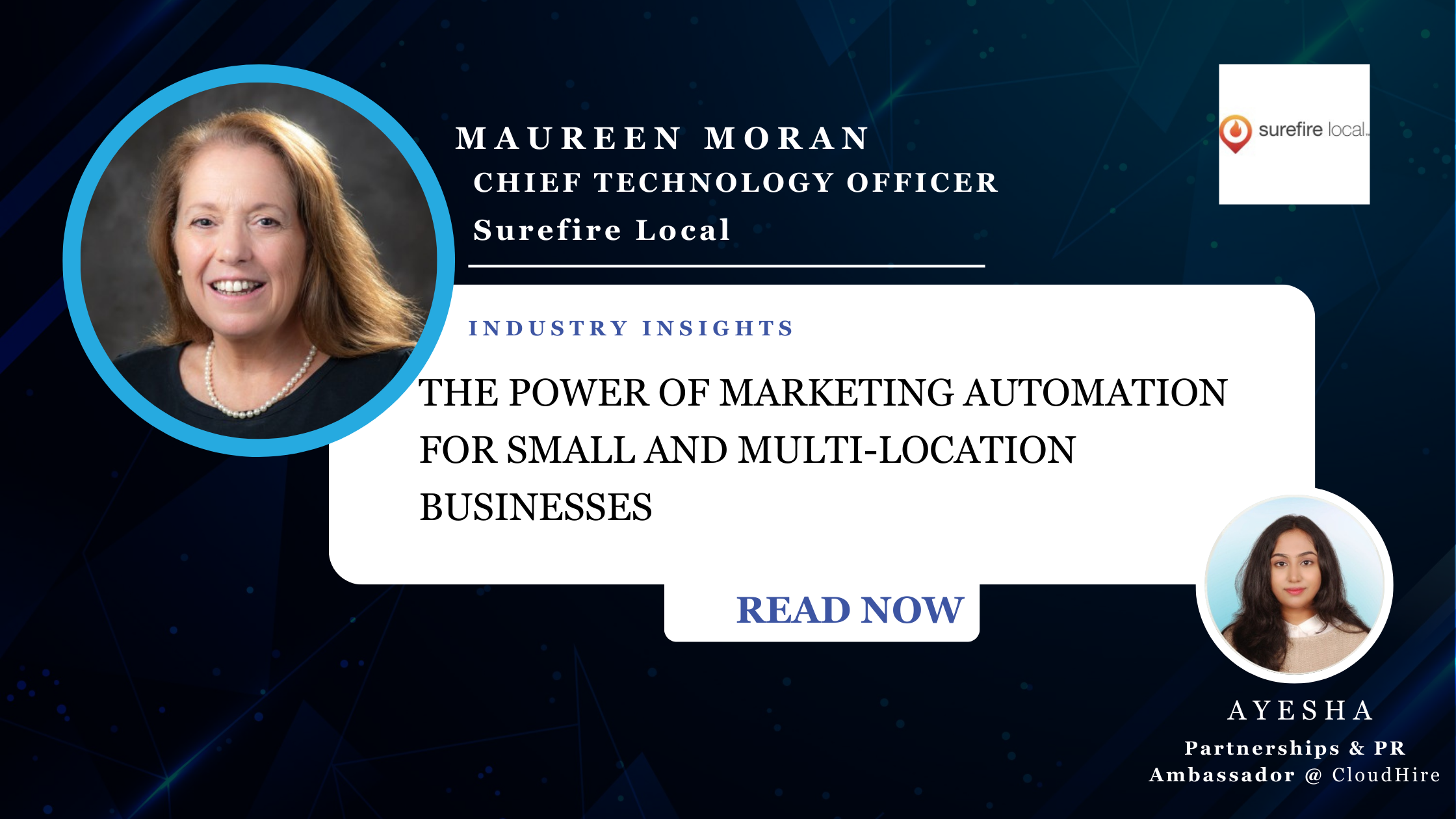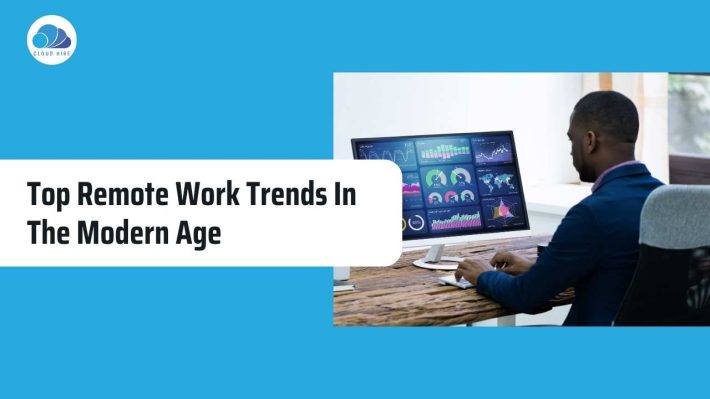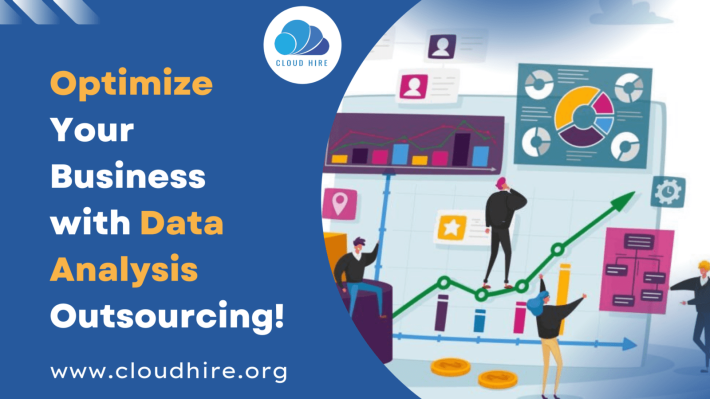Right now, a lot of jobs are not being filled because there are too many applicants. This is the perfect storm for AI and ML to make an impact to change job hunting.
The idea of this blog is that AI and ML can empower job seekers by
1) Making the process easier (like the Netflix example)
2) Increasing the number of opportunities, one has access to
3) providing more information and transparency during the hiring process.
Data is the next frontier:
According to a 2018 report by the World Economic Forum, “By 2022, more than 54 million workers in the United States will need to be retrained or find new jobs.” Moreover, a LinkedIn study shows that the average person changes jobs 12 times over their lifetime and that number is projected to increase even more as automation and AI and ML continue to evolve.
The problem, however, is that most job seekers are ill-equipped with the skills they need to compete in today’s workforce. Many job seekers are not even sure where to begin when applying for a job. With so much information out there and an overwhelming amount of career options available, it can be very difficult for one person to process all of this data to make an informed decision about their career path. Even if someone has decided on a career path, finding the right job can be a daunting task as well.
So what if we could help job seekers make better career decisions by leveraging some of the technology we use here at CloudHire? Let’s explore how AI and machine learning can help improve the job search experience for both candidates and recruiters.
AI and ML are changing the way we use data:
AI and ML are changing the way we use data. They’re transforming the way we work, live, and play. And that’s just the beginning.
ML is a subset of AI, where algorithms are trained on data to identify patterns and make predictions. This has opened up new possibilities in decision-making, with applications in everything from financial services to medicine to transportation. You might also know machine learning by other names such as predictive analytics or deep learning.
It’s not like we’re suddenly inventing new things data has been around forever but now we’re able to use it in previously unimaginable ways.
Here are a few examples of how machine learning is being used today:
Predictive maintenance for machinery
Fraud detection for financial institutions
Real-time translation for international businesses
Diagnostic support for medical practitioners
How does machine learning work? It’s all about training computers to identify patterns in data so that they may predict what’s likely to happen next. Machine learning models can invest millions of data points from many different sources, then spit out actionable results within moments.
AI and ML are changing the way companies recruit people:
The world is changing rapidly. Technology is disrupting every industry in ways that were unthinkable even a few years ago. Nowhere is this more evident than in the workplace, where the rapid rise of AI and machine learning are completely changing how companies recruit people.
This change is being driven by a huge range of technological innovations, from social media to advanced algorithms.
Automation is taking over large parts of the recruitment process. It’s estimated that by 2025, AI algorithms will be handling 75% of HR processes.
Rather than replacing human recruiters, though, many experts believe AI will free them up to focus on more strategic activities like interviewing candidates and developing relationships with hiring managers.
How AI Is Streamlining Remote Recruitment
We don’t have to be afraid of losing our jobs:
In the last few decades, the rise of technology has led to the loss of jobs. More people are preferring machines to do their work than humans. A lot of jobs have been lost and it is continuing.
But we can’t rule out the fact that these machines were made by humans. A machine without a human is useless and cannot function. So, how many jobs will be lost?
For example, in the transportation sector, a car needs a driver to drive it. And shortly, if self-driving cars come into existence, then there will be no need for a driver, but there is a need for someone who can repair and maintain it.
Another example is agriculture where people are using robots to plow their fields, but the robot needs someone to manage it. So, we don’t have to be afraid of losing our jobs because there will always be the need for human hands to do things even though technology develops.
Because machine learning helps us identify talented candidates, we can create a more efficient hiring process:
The job market is more competitive than ever. With so many candidates applying for limited positions, it can be tough for employers to find the right person for the job.
However, there are some interesting and innovative ways for companies to locate the best candidates. One of these ways is by using machine learning.
AI and ML algorithms analyze data to find patterns that enable computers to make accurate predictions without being programmed with specific instructions. For example, ML can be used to predict online shopping trends based on past consumer behaviors or predict whether patients are likely to have a heart attack based on their medical records.
Because ML helps us identify talented candidates, we can create a more efficient hiring process that pairs each applicant with the position they’re most suited for.
Job seekers are also now “employers” who can assess candidates using AI and ML:
As a job seeker and employee, it’s important to understand the new landscape of hiring. Job seekers are now “employers” who can assess candidates using AI and ML.
The need for employees with digital skills is growing exponentially and this trend is not going to slow down – it will only intensify as more companies adopt AI-driven technologies in their workflows. While machines aren’t going to replace humans, we will see a drastic shift in the requirements for human skills needed to thrive at work.
How AI helps job seekers land their dream job
We can adapt to change, or we can be left behind:
Change is a constant. We can either adapt to it or be left behind. You can’t always control change, but you can control how you respond to it. Those who have embraced change and adapted to manage their lives, relationships, and careers are better equipped for the future.
Here are four ways to be a more adaptive person:
- Be open-minded and flexible. Embracing change means accepting that things don’t always go as planned, and being flexible enough to roll with the punches. There’s a difference between being rigid and having standards; when you have standards, it’s easier to know when you need to adjust your course of action so you’re not setting yourself up for failure from the start.
- Be curious about what works differently. If you’ve been doing something one way for a long time, it can be hard to see that there might be a better way of doing things. Being open-minded means allowing yourself the chance to try new techniques that may prove more effective than what you were previously doing; even if they don’t work out, you’ll learn something along the way.
- Don’t get stuck in your comfort zone. Staying in your comfort zone can prevent you from trying new things or challenging
Creating a data-driven hiring process that uses AI is the best way to help small businesses find job seekers and make sure no one misses out on a great opportunity for their career development.
In the next decade, AI and ML will continue to make strides and be used in new sectors in unprecedented ways. For example, AI is already being used in a data-driven hiring process across several industries. This poses an opportunity for small businesses to adopt new technologies and hiring strategies. No matter the industry, many companies will have the chance to change their business models using AI and ML to remain competitive in their space. Small businesses that do not use these technologies will become less relevant over time as AI evolves.
Ultimately, technology is going to shape the way that recruitment happens in this century. Whether you believe it or not, data will continue to rise and transform the way that we work and recruit. This has a wide variety of perspectives starting with lowering costs and ending in overall improved candidate experiences. We have a long road ahead of us but we are glad to be a part of your journey as you transform your recruiting processes through data-driven decision-making. Ask us we are glad to help you!


